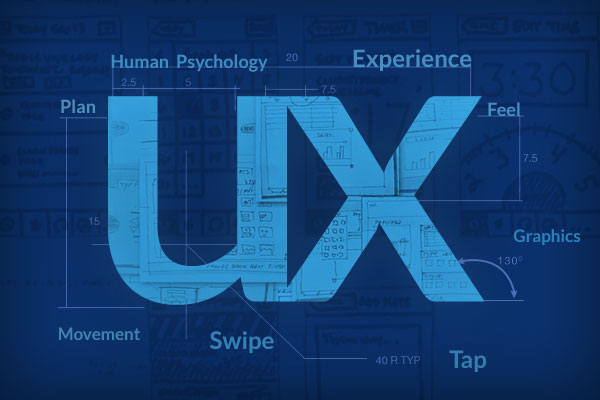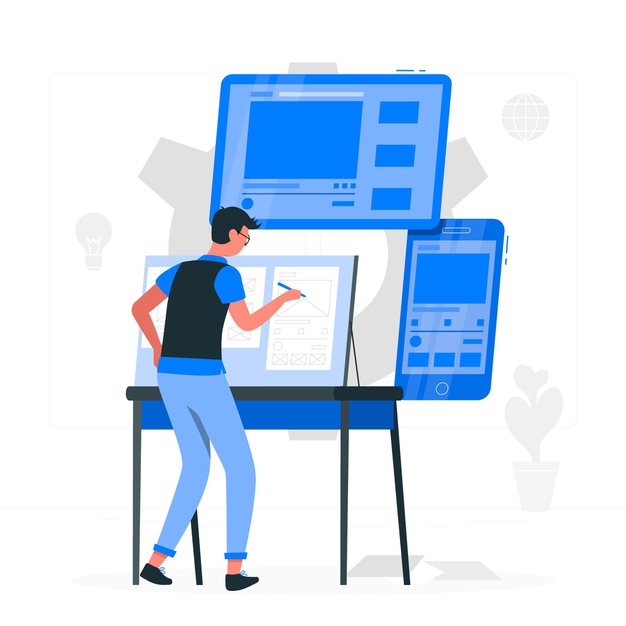Why UX is Primary Focus on Mobile Apps
Audio : Listen to This Blog.
Why UX is Primary Focus on Mobile Apps
User experience Design (UX) is a traditional technology that encompasses human and machine interaction designs. It is capable of addressing different aspects of services and products as they are comprehended by the users. In other words, UX can be defined as the individuals aspect to interact with the IT system that include – the interface, manual, graphics, physical interaction and manufacturing design. Users can find a variety of elements of UX designs that are primarily encompassed of a variety of topics like – visual design, user emotions and UI appearance. UX is integrated into mobile application development to inform interaction proposal based on the requirement of the user. The main reason behind UX being the primary focus on mobile apps include –
- Removal of unnecessary and unwanted product features
- Enhanced usability of the system
- A majority of customers accepted the UX design as it is featured with simplified design documentation and technical publications
- The user’s freedom of choice is protected by incorporating the business goals and marketing plans in an effective manner.
There is a great increase in demand of mobile user experience designs. Designs play an important role in developing good relationships with users and support the brand’s identity. Users always expect mobile apps to perform well and user-friendly. The limitations or drawbacks impose challenges in product design that meet the requirements of the user. Performance is an essential contributor to give a trustable mobile user experience.

UX Enhances the performance of Mobile Apps
People use mobiles to improve productivity anytime and from anywhere. Mobile applications should be designed in such a way that they focus on the core purpose or utility. They need to be fast and reliable, and should be capable of performing well in various circumstances. We have noticed that most of the mobile app designs start with an amazing look and stunning visuals that attract customers at the first look. However, the relationship between the user and the system is highly influenced by the performance of the mobile application. Applications that look wonderful may perform poorly and damage the entire integrity. Users are smart enough to notice the software issues, which eventually impair the brand recognition. People often look for apps that are responsive and quick.
User experience designs are said to be superset of all other disciplines that provide mobile application development of high-quality performance. There are a number of tools for UX designers that help them in developing user-friendly mobile apps. By making use of these tools, developers will be able to develop UX mobile apps of top notch quality and performance. Some of the tool are based on responsive patterns and can be tested on any device easily. Some of the popular UX design tools include – Notism, Invision,Moqups, Solidify, UxPin, XMind, Gliffy, Pencil, etc.
What is UX Process?
There are numerous techniques available to the UX designers and it is up to the designer to choose an appropriate technique. UK process can be categorized into various categories that include –
- Choosing the right strategy – Strategy is one of the important stages of UX process as it formulates the goal, branding and principles of the organization. The strategy of UX project will define the purpose of the project in an effective manner.
- Proper design – UX projects should always be designed in a collaborative and iterative manner. The main purpose of this phase is to put different ideas in front of the user and establish more interactive design based on the user feedback.
- Research and analysis – This phase differs from one project to the other. Some projects need complex research activities, whereas startup projects may skip the research part. According to the IT experts, research is one of the essential stages that help designers in developing an extraordinary user experience. Designers are required to derive conclusions from the data that was collected during research. In the analysis phase, UX designers will get answers to a number of questions like “what”, “why” etc.
- Perfect execution – This is the last stage of UX process, where top quality design is fleshed out. The stakeholders and users are allowed to validate the fidelity of the product by using a variety of testing tools and sessions, after which the design gets approved.
UX process works better if the designs are iterative, so that the designers can identify and make necessary changes. UX designers are capable of adapting the current market trend and technology.



